Juri Taborri
Use of recommendation models to provide support to dyslexic students
Mar 18, 2024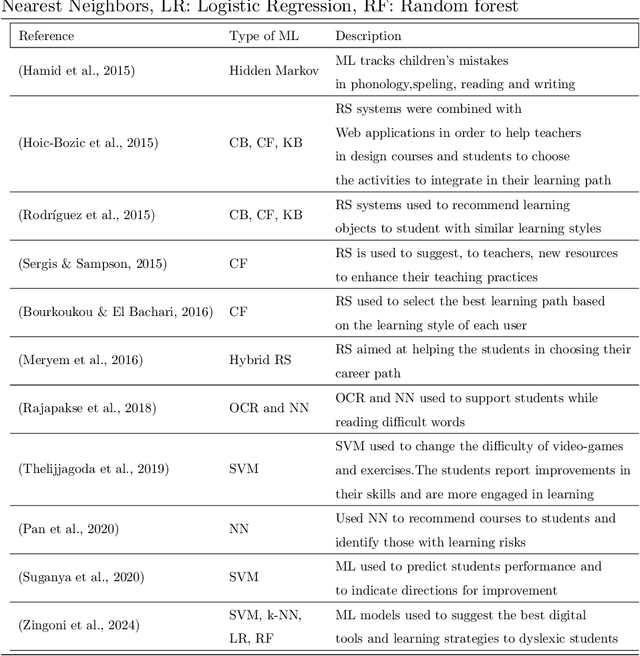
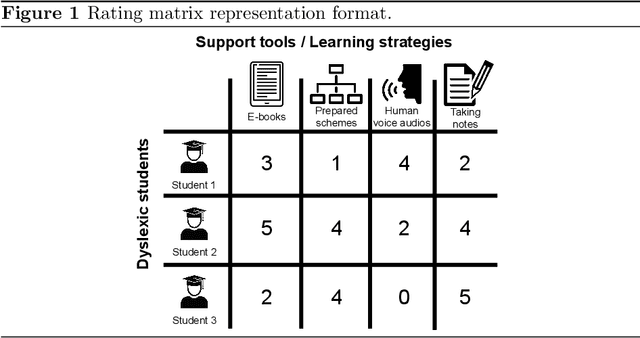
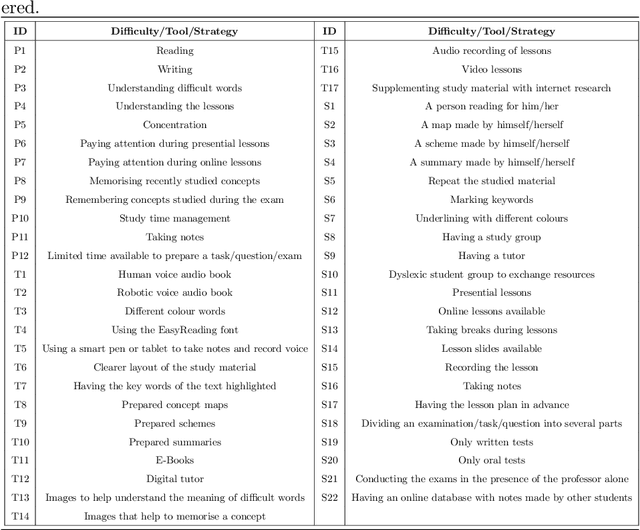
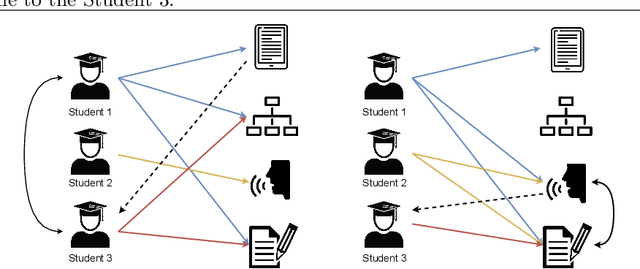
Abstract:Dyslexia is the most widespread specific learning disorder and significantly impair different cognitive domains. This, in turn, negatively affects dyslexic students during their learning path. Therefore, specific support must be given to these students. In addition, such a support must be highly personalized, since the problems generated by the disorder can be very different from one to another. In this work, we explored the possibility of using AI to suggest the most suitable supporting tools for dyslexic students, so as to provide a targeted help that can be of real utility. To do this, we relied on recommendation algorithms, which are a branch of machine learning, that aim to detect personal preferences and provide the most suitable suggestions. We hence implemented and trained three collaborative-filtering recommendation models, namely an item-based, a user-based and a weighted-hybrid model, and studied their performance on a large database of 1237 students' information, collected with a self-evaluating questionnaire regarding all the most used supporting strategies and digital tools. Each recommendation model was tested with three different similarity metrics, namely Pearson correlation, Euclidean distance and Cosine similarity. The obtained results showed that a recommendation system is highly effective in suggesting the optimal help tools/strategies for everyone. This demonstrates that the proposed approach is successful and can be used as a new and effective methodology to support students with dyslexia.
A VR Serious Game to Increase Empathy towards Students with Phonological Dyslexia
Jan 15, 2024Abstract:Dyslexia is a neurodevelopmental disorder that is estimated to affect about 5-10% of the population. In particular, phonological dyslexia causes problems in connecting the sounds of words with their written forms. This results in difficulties such as slow reading speed, inaccurate reading, and difficulty decoding unfamiliar words. Moreover, dyslexia can also be a challenging and frustrating experience for students as they may feel misunderstood or stigmatized by their peers or educators. For these reasons, the use of compensatory tools and strategies is of crucial importance for dyslexic students to have the same opportunities as non-dyslexic ones. However, generally, people underestimate the problem and are not aware of the importance of support methodologies. In the light of this, the main purpose of this paper is to propose a virtual reality (VR) serious game through which teachers, students and, in general, non-dyslexic people could understand which are some of the issues of student with dyslexia and the fundamental utility of offering support to them. In the game, players must create a potion by following a recipe written in an alphabet that is specifically designed to replicate the reading difficulties experienced by individuals with dyslexia. The task must be solved first without any help and then by receiving supporting tools and strategies with the idea that the player can put himself in the place of the dyslexic person and understand the real need for support methodologies.
* 5 pages, 5 figures, MetroXRAINE 2023
Determining the Difficulties of Students With Dyslexia via Virtual Reality and Artificial Intelligence: An Exploratory Analysis
Jan 15, 2024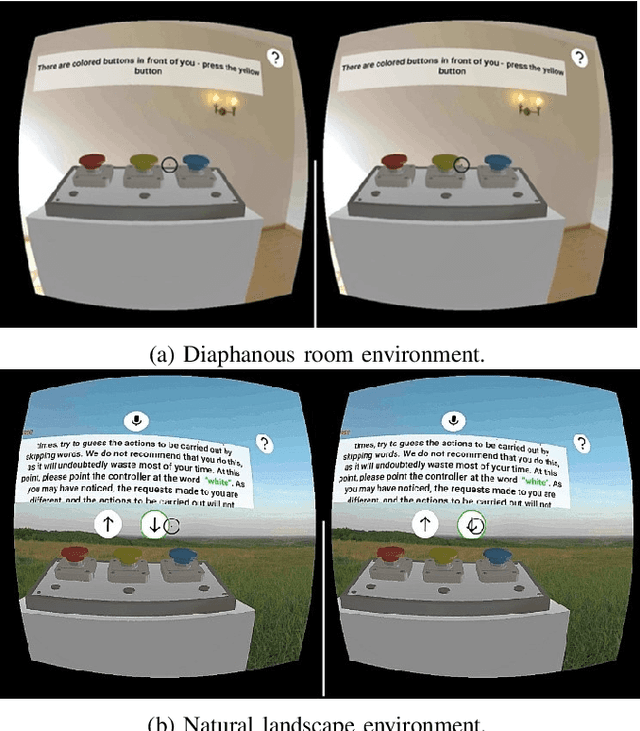
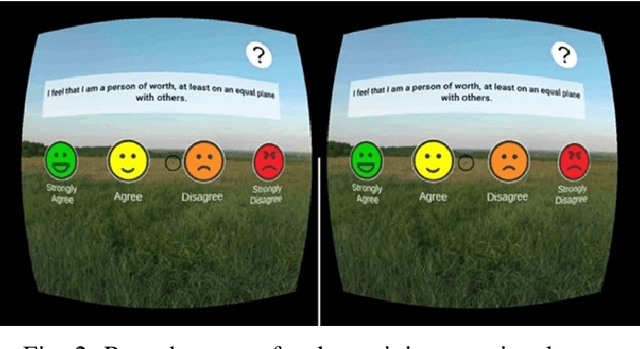
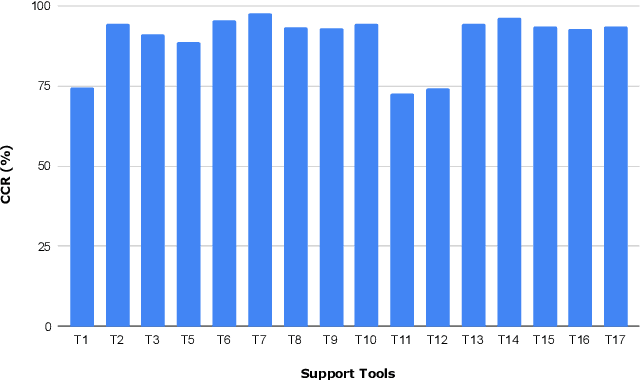
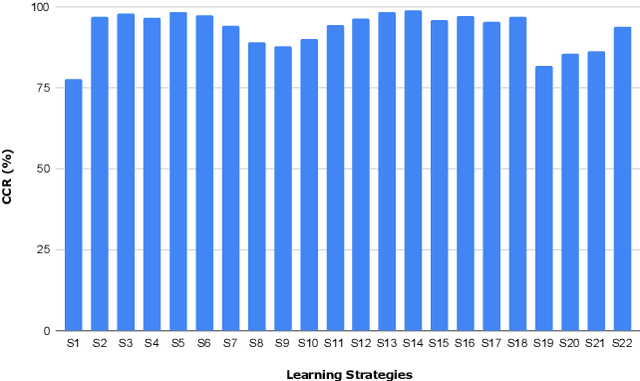
Abstract:Learning disorders are neurological conditions that affect the brain's ability to interconnect communication areas. Dyslexic students experience problems with reading, memorizing, and exposing concepts; however the magnitude of these can be mitigated through both therapies and the creation of compensatory mechanisms. Several efforts have been made to mitigate these issues, leading to the creation of digital resources for students with specific learning disorders attending primary and secondary education levels. Conversely, a standard approach is still missed in higher education. The VRAIlexia project has been created to tackle this issue by proposing two different tools: a mobile application integrating virtual reality (VR) to collect data quickly and easily, and an artificial intelligencebased software (AI) to analyze the collected data for customizing the supporting methodology for each student. The first one has been created and is being distributed among dyslexic students in Higher Education Institutions, for the conduction of specific psychological and psychometric tests. The second tool applies specific artificial intelligence algorithms to the data gathered via the application and other surveys. These AI techniques have allowed us to identify the most relevant difficulties faced by the students' cohort. Our different models have obtained around 90\% mean accuracy for predicting the support tools and learning strategies.
* 7 pages, 5 figures, 3 tables, MetroXRAINE 2022 Conference, VRAILEXIA european project
Training program on sign language: social inclusion through Virtual Reality in ISENSE project
Jan 15, 2024Abstract:Structured hand gestures that incorporate visual motions and signs are used in sign language. Sign language is a valuable means of daily communication for individuals who are deaf or have speech impairments, but it is still rare among hearing people, and fewer are capable of understand it. Within the academic context, parents and teachers play a crucial role in supporting deaf students from childhood by facilitating their learning of sign language. In the last years, among all the teaching tools useful for learning sign language, the use of Virtual Reality (VR) has increased, as it has been demonstrated to improve retention, memory and attention during the learning process. The ISENSE project has been created to assist students with deafness during their academic life by proposing different technological tools for teaching sign language to the hearing community in the academic context. As part of the ISENSE project, this work aims to develop an application for Spanish and Italian sign language recognition that exploits the VR environment to quickly and easily create a comprehensive database of signs and an Artificial Intelligence (AI)-based software to accurately classify and recognize static and dynamic signs: from letters to sentences.
* 6 pages, 4 figures, MetroXRAINE 2023 Conference, ISENSE european project
 Add to Chrome
Add to Chrome Add to Firefox
Add to Firefox Add to Edge
Add to Edge